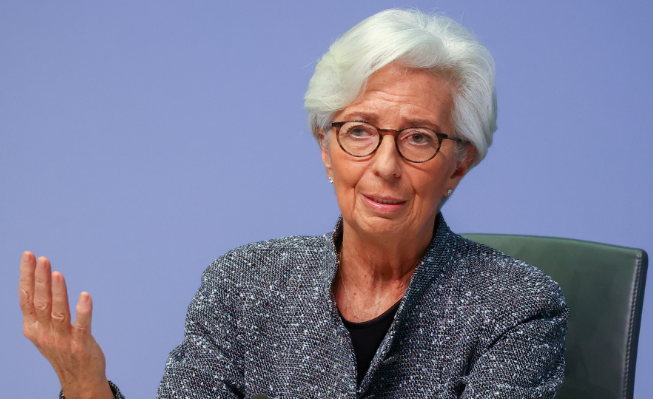The governor of the European Central Bank claims that because pricing pressure is still “strong,” interest rates will remain high enough to limit corporate activity for “as long as necessary.”
The governor of the European Central Bank stated on Monday that because pricing pressure is still “strong” in the 20 nations that use the euro, interest rates will remain high enough to limit corporate activity for “as long as necessary.”
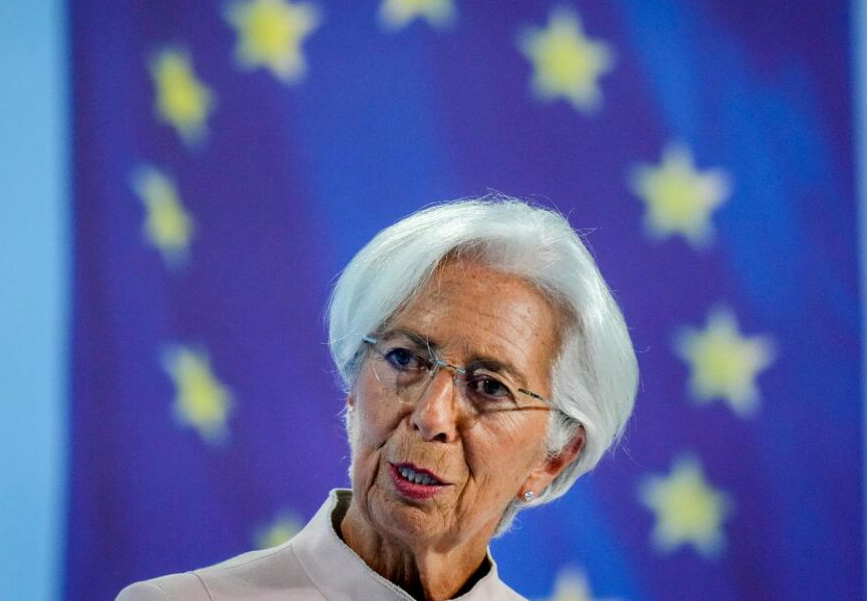
According to Christine Lagarde, even though the economy remains weak, “strong spending on holidays and travel” and rising incomes are slowing the decrease in price levels. The eurozone’s annual inflation rate only marginally decreased from 5.2% in July to 5.3% in August.
Lagarde said in a statement to the committee on economic and monetary affairs of the European Parliament, “We remain determined to guarantee that inflation returns to our 2% medium-term target in a timely manner. Although inflation is declining, it is still anticipated to be too high for too long.
As the world economy recovered from the COVID-19 epidemic, inflation sprang up, causing supply chain delays. Later, when Russia invaded Ukraine, oil and food costs skyrocketed. According to Lagarde, if interest rates are “maintained for a sufficiently long duration,” they will “substantially contribute” to lowering inflation. The bank predicts that after reaching a record-high 10.6% in October, inflation will average 2.1% by 2025.
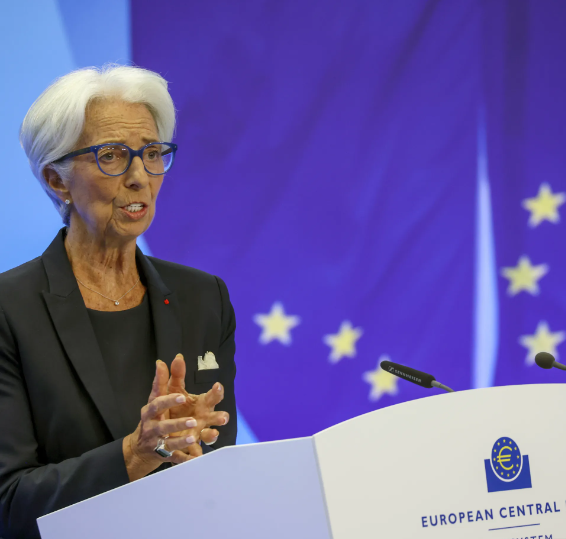
The main tool used by central banks to combat excessive inflation is higher rates. They have an impact on the cost of credit across the economy, raising borrowing costs for things like making home purchases or constructing new commercial facilities. As a result, there is less demand for goods, which lowers inflation but also runs the danger of limiting economic growth.
The severe slowdown in real estate transactions and development, which are quite sensitive to credit costs, has been brought on by the ECB’s higher rates and has put a halt to a years-long increase in housing prices across the eurozone.
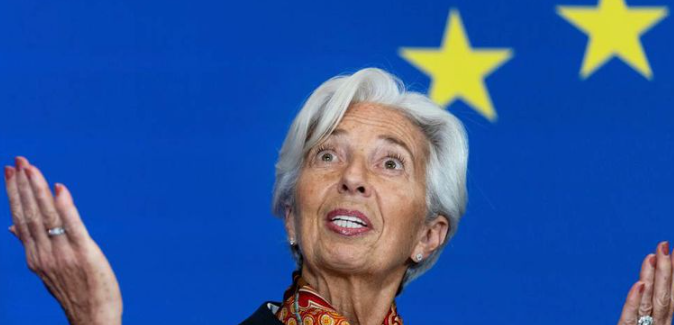
According to Lagarde, the economy “broadly stagnated” in the first half of this year, and recent figures indicate “further weakness” in the quarter from July to September. She referenced ECB predictions that indicate the economy will expand as inflation drops and people’s purchasing power increases.
A Brief History of the European Central Bank
One of the key financial institutions in the globe is the European Central Bank (ECB). Its influence on the development of the European and world economies cannot be understated. We must go into the fascinating history and development of the ECB in order to fully comprehend its relevance.
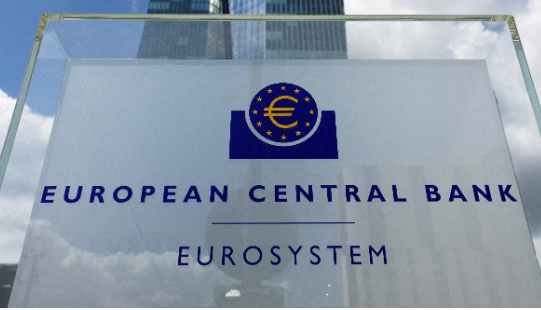
The Birth of a Monetary Giant
Foundation and Objectives
On June 1, 1998, the European Central Bank was founded, with its main office in Frankfurt, Germany. It signaled the start of a brand-new era in the history of European finance. Maintaining price stability within the Eurozone and ensuring that inflation rates stay below but near to 2% is the ECB’s key goal.
Euro as the Common Currency
The adoption of the euro (€) as the common currency of the Eurozone on January 1st, 1999, is one of the most enduring turning points in the history of the ECB. The economic integration of the member states of the European Union (EU) took a big stride forward with this. The euro was one of the world’s most traded currencies today and rapidly became a representation of European unification.
The Role of the European Central Bank
Monetary Policy
The European Central Bank plays a pivotal role in implementing monetary policy for the Eurozone. It has the authority to set interest rates and make decisions that influence the money supply. These measures are taken to achieve the primary objective of maintaining price stability.

Banking Supervision
In 2014, the European Central Bank assumed responsibility for supervising the largest banks in the Eurozone. This was a direct response to the global financial crisis of 2008, which exposed vulnerabilities in the European banking sector. The ECB now conducts regular stress tests and monitors financial stability.
Image source :google







